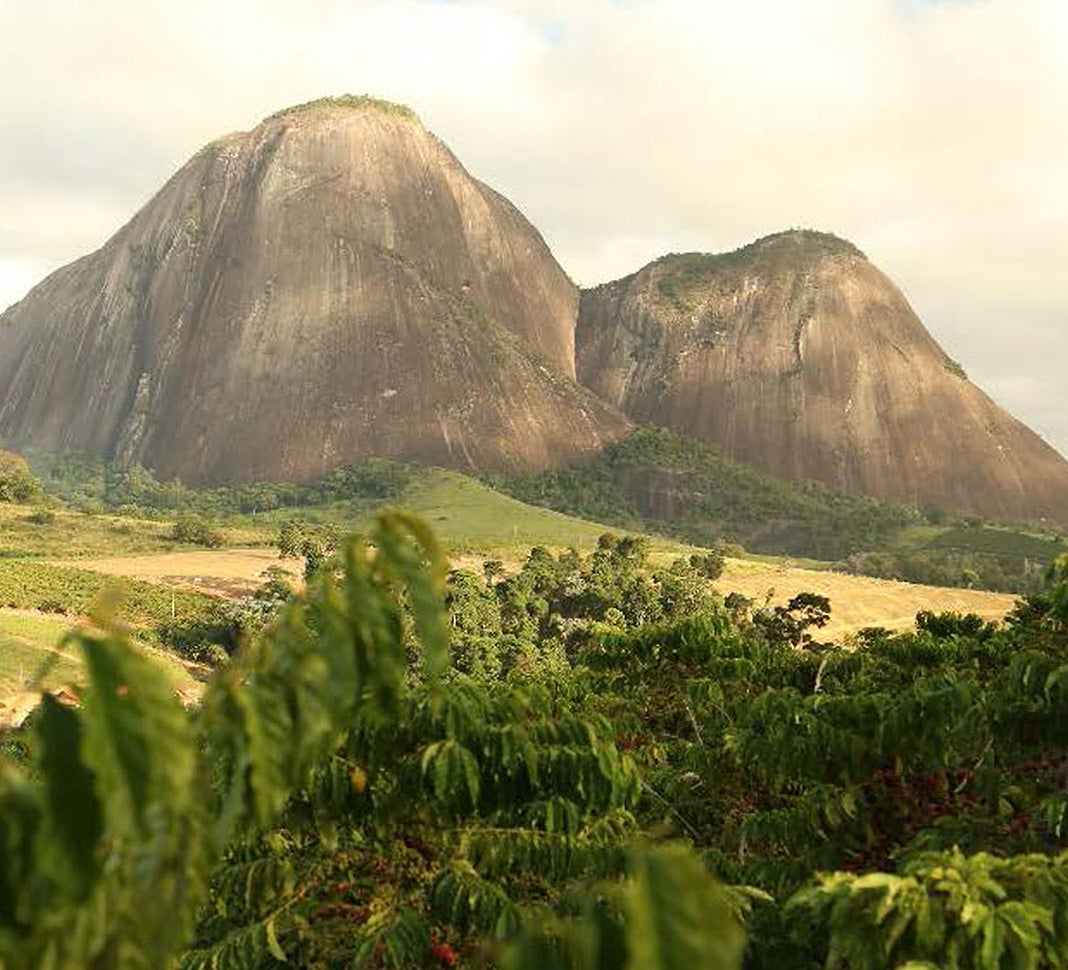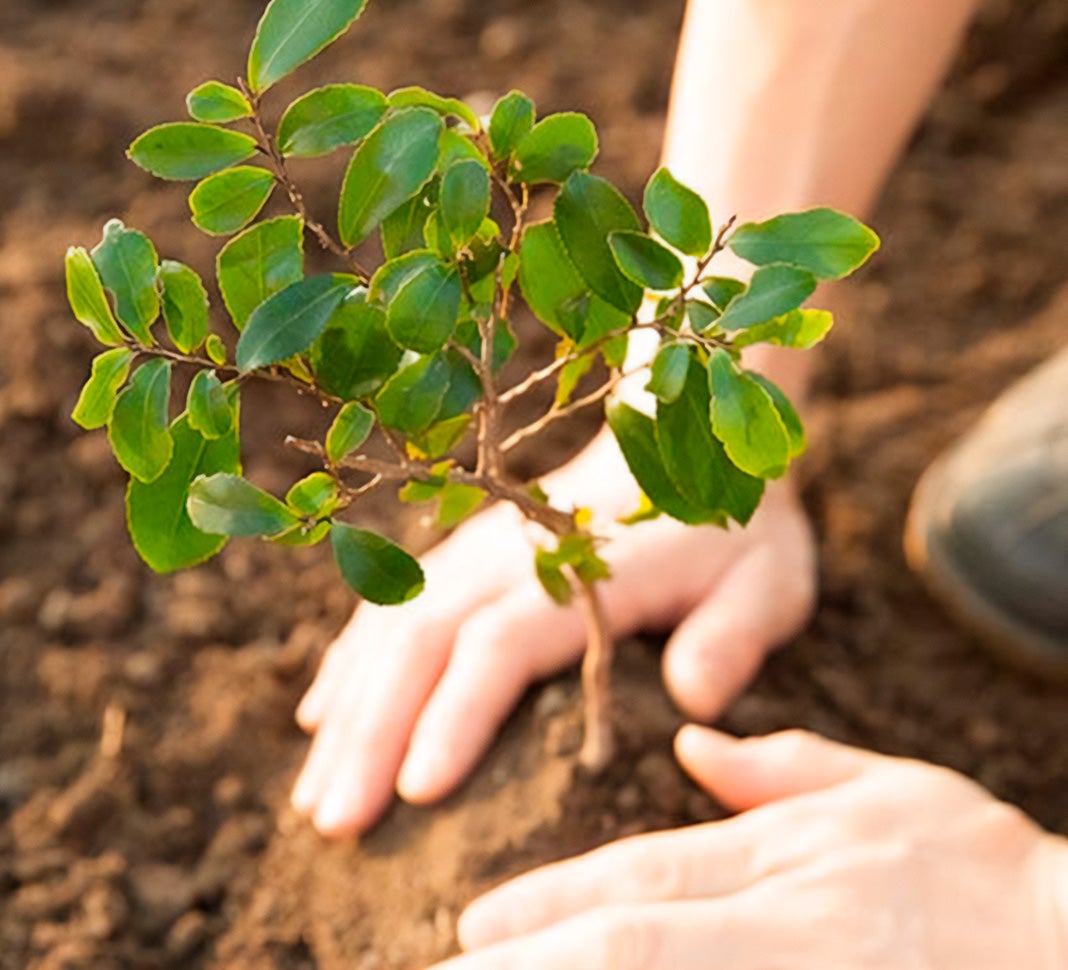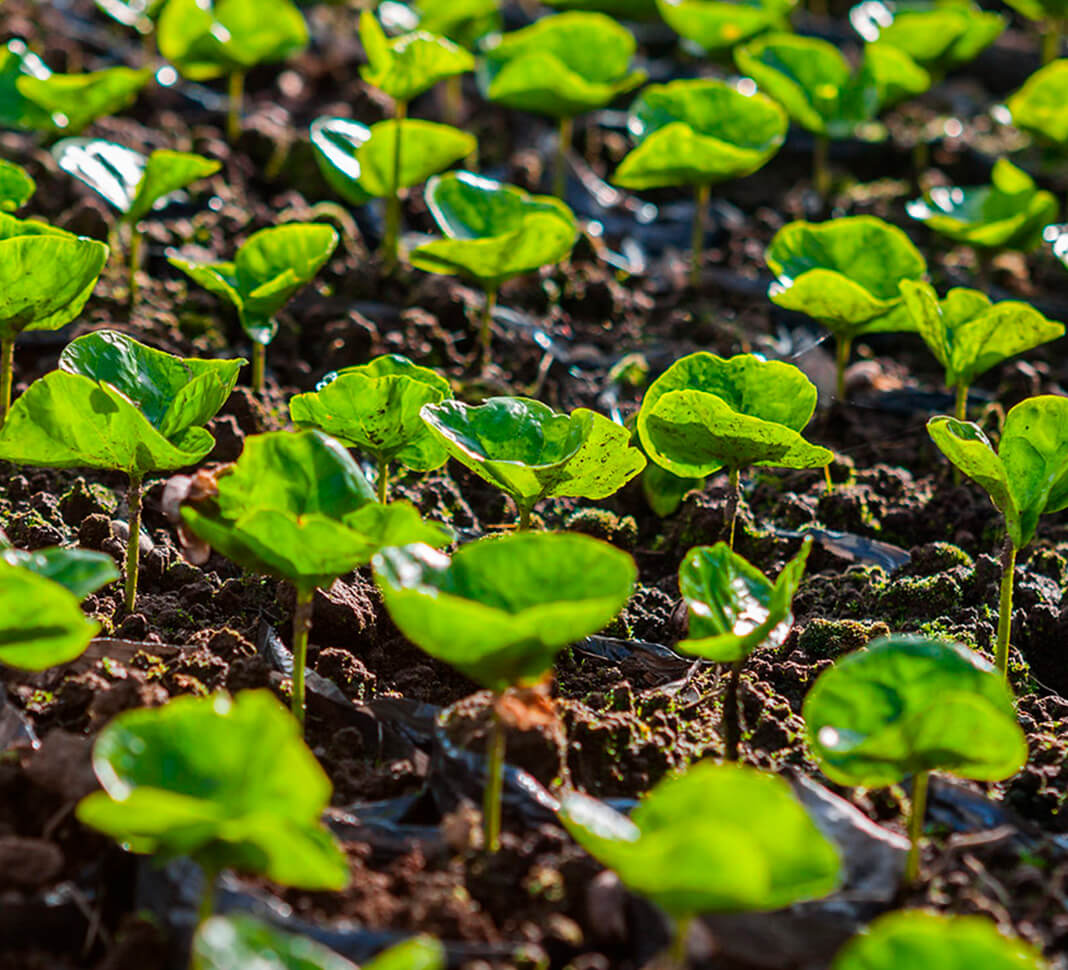WORKING WITH THE POWER OF NATURE
One of the best vehicules to reduce carbon is healthy soil and forests. For NESCAFÉ®, to tackle their vast supply chain with hundreds of thousands of farms and transportation networks, we MUST WORK TO to protect both soil and forests to bring long-term sustainable change.

WHEN MORE REALLY MEANS LESS
The world’s forests absorb approximately 2.6 billion tons of carbon dioxide a year, or about a third of all the CO2 released from burning fossil fuels. Forests also provide nutrition, shelter, energy, medicine, and livelihoods to around 1.6 billion people*. Unfortunately, as global populations and demand for food grows, forests are at risk of being converted into farmland. NESCAFÉ® is working towards 100% deforestation-free supply chain for coffee by 2025, and by 2026 intends to plant 20 million native trees to help increase biodiversity, and to promote soil formation and soil health. It’s a big job but not nearly as big as what forests do for the planet.
*add link to the CSV report 2021 p.25

Why soil health is so important
Good soil does more than grow good coffee, it captures carbon, reduces erosion, and requires less synthetic fertilizer. As a large part of greenhouse gas emission on farms comes from fertilizers, NESCAFÉ® is helping optimize fertilizer use by providing training to farmers. From Vietnam to Mexico, Brazil and Indonesia, NESCAFÉ®'s field programs have helped to improve farming methods, resulting in farms using the optimum combinations of synthetic and organic fertilizers, and reducing the use of agrichemicals. Simply put, healthy soil helps to grow a more sustainable coffee.

BIG CHANGES ARE MADE OF SMALL ONES
To help Nestlé reach net zero by 2050, it’s not only about making some big changes, it’s also about making lots of small ones. To start, all NESCAFÉ® factories aim to use 100% renewable electricity by 2025. We are also working to help create circular systems that will make it easier to collect, recycle and reuse packaging. NESCAFÉ® also aims to grow its fleet of electric, biofuel, hybrid, or plug-in hybrid vehicles. And for consumers, NESCAFÉ® encourages better preparation methods and recycling tips like boiling water at 80°C instead of 100°C and only filling the kettle with the water you need. Step by step, we are on a path to keep reducing our greenhouse gas emissions.


